The first focus of this course is to establish a foundation in rigorous architectural drawing methodologies combined with fundamental knowledge of architecture as a synthesis of systems of space, structure, and envelope through the manipulation and tectonic crafting of materials. This foundation requires focus on orthographic projection techniques and text-based learning.
The drawing foundation exercise uses Federal Hall in Lower Manhattan as our laboratory for learning. This building, managed by the National Park Service, is open to the public for free and accessible to us to visit to study in person. See the building’s website for more information.
This building provides us with a rich living laboratory for learning. The building stands on a historical site where the first building housing the new Congress was located after independence. The current building is a load-bearing masonry building whose exterior is modeled on the Greek Doric Temple, using some inspiration from the Parthenon in Athens, offering students a connection to ancient architectural precedents and the Classical Orders as a context for much of New York City’s architecture.
The interior draws from the Roman Pantheon with a rotunda space with an oculus/cupola.
The building’s layout requires careful observation to fully understand and replicate the geometries and relationships of elements in a plan diagram, floor plan, building section and elevation drawings.
A critical resource for this module are the Historic American Building Survey drawings available through the Library of Congress website.
The drawing component of this module is complimented by select readings from Building Construction Illustrated by Francis Ching. The readings prompts us to consider the difference between “building” and “Architecture”. We learn about the critical synthesis of systems at the heart of architecture, giving us a sense of what we need to know and master as we grow in our knowledge and practice of architecture. We focus first on the central health and safety issue of egress in combination with building circulation and stairs. This offers context and specific understanding that can be applied into the drawings of this module.
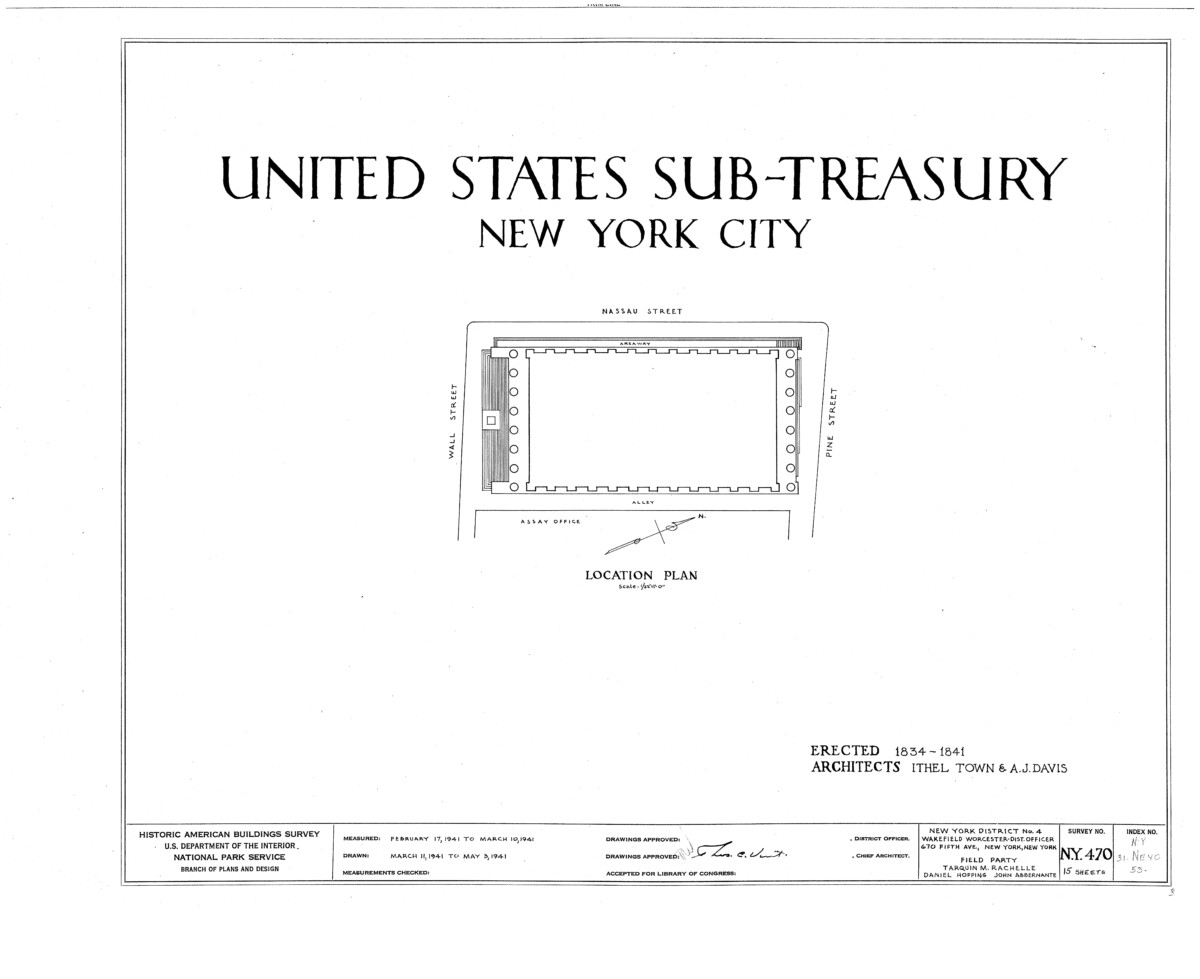
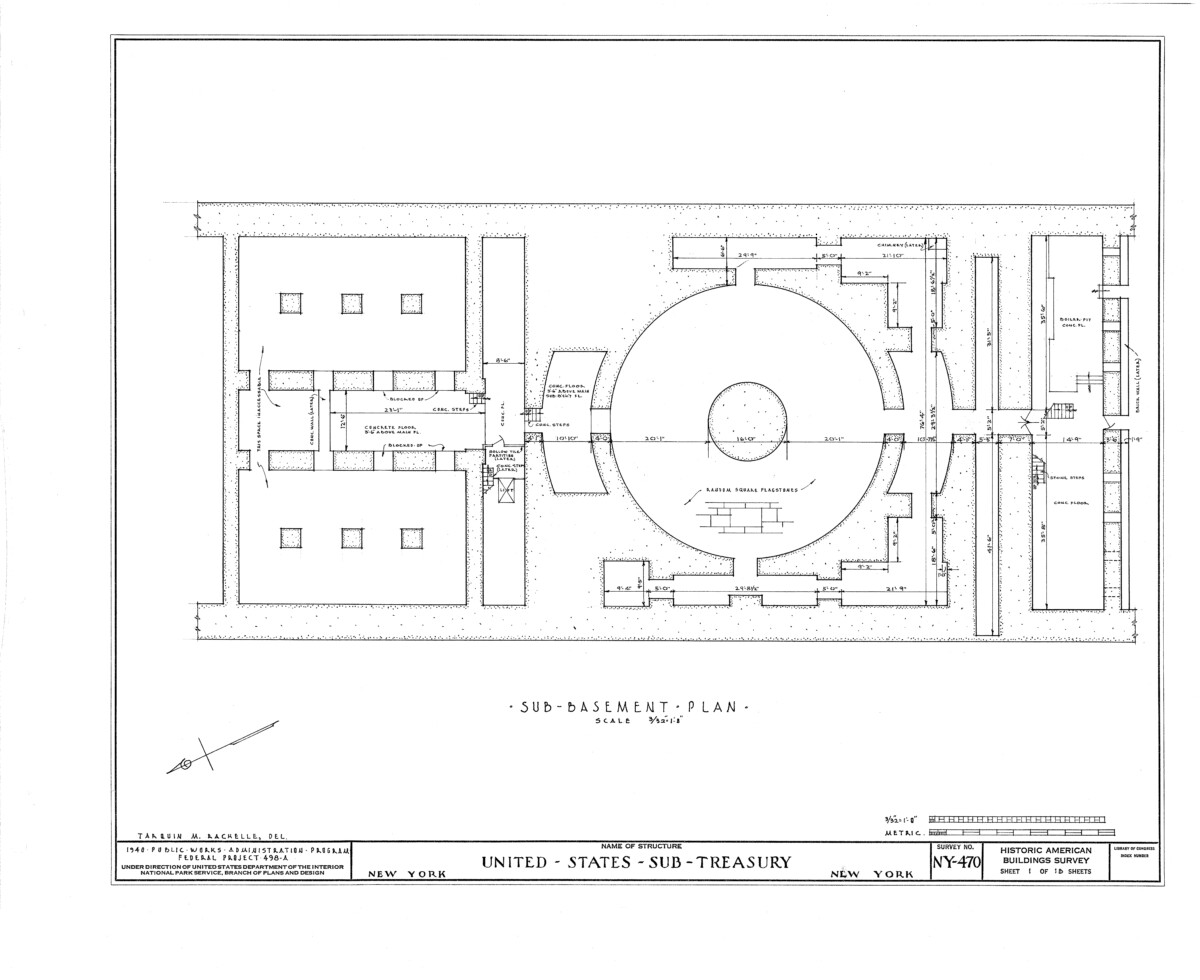
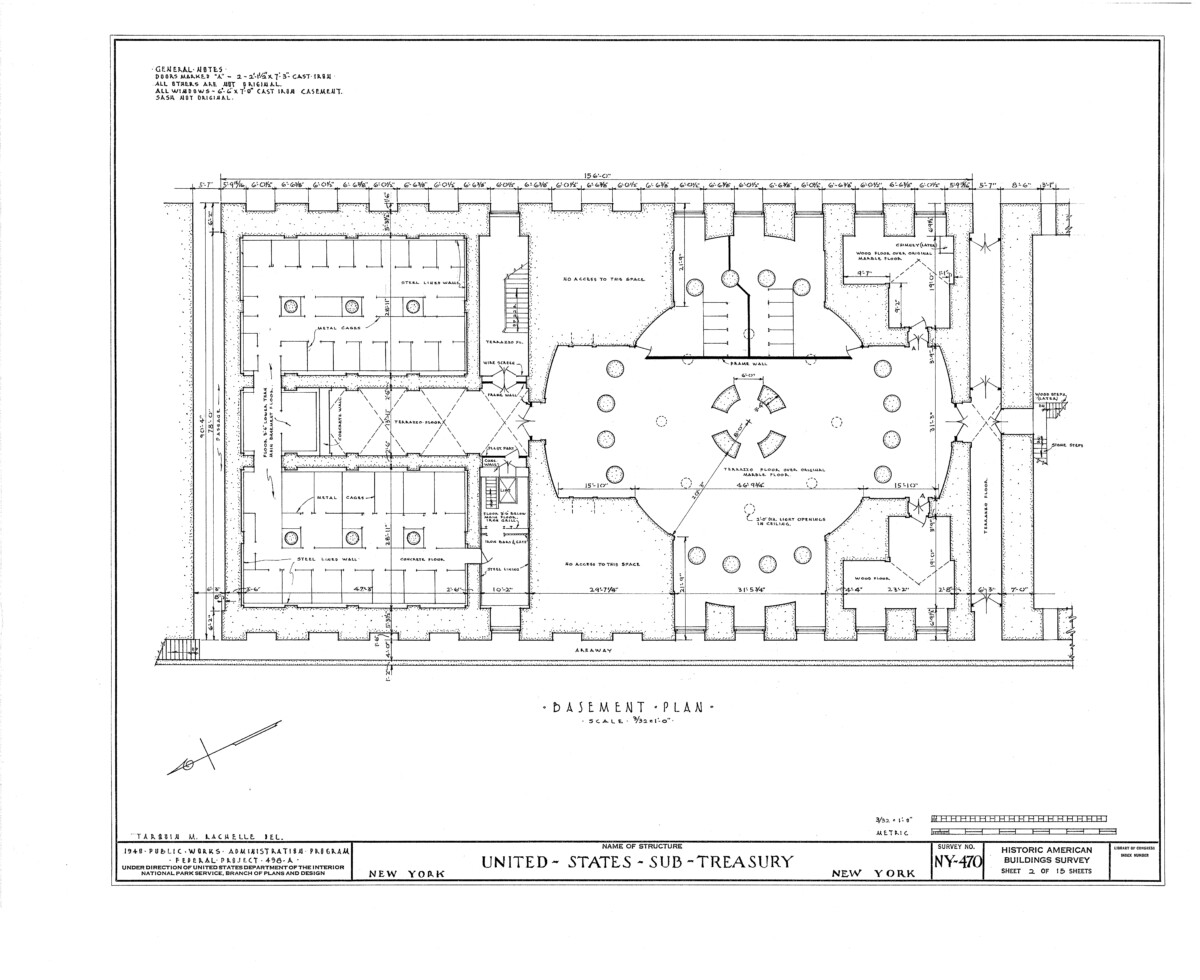
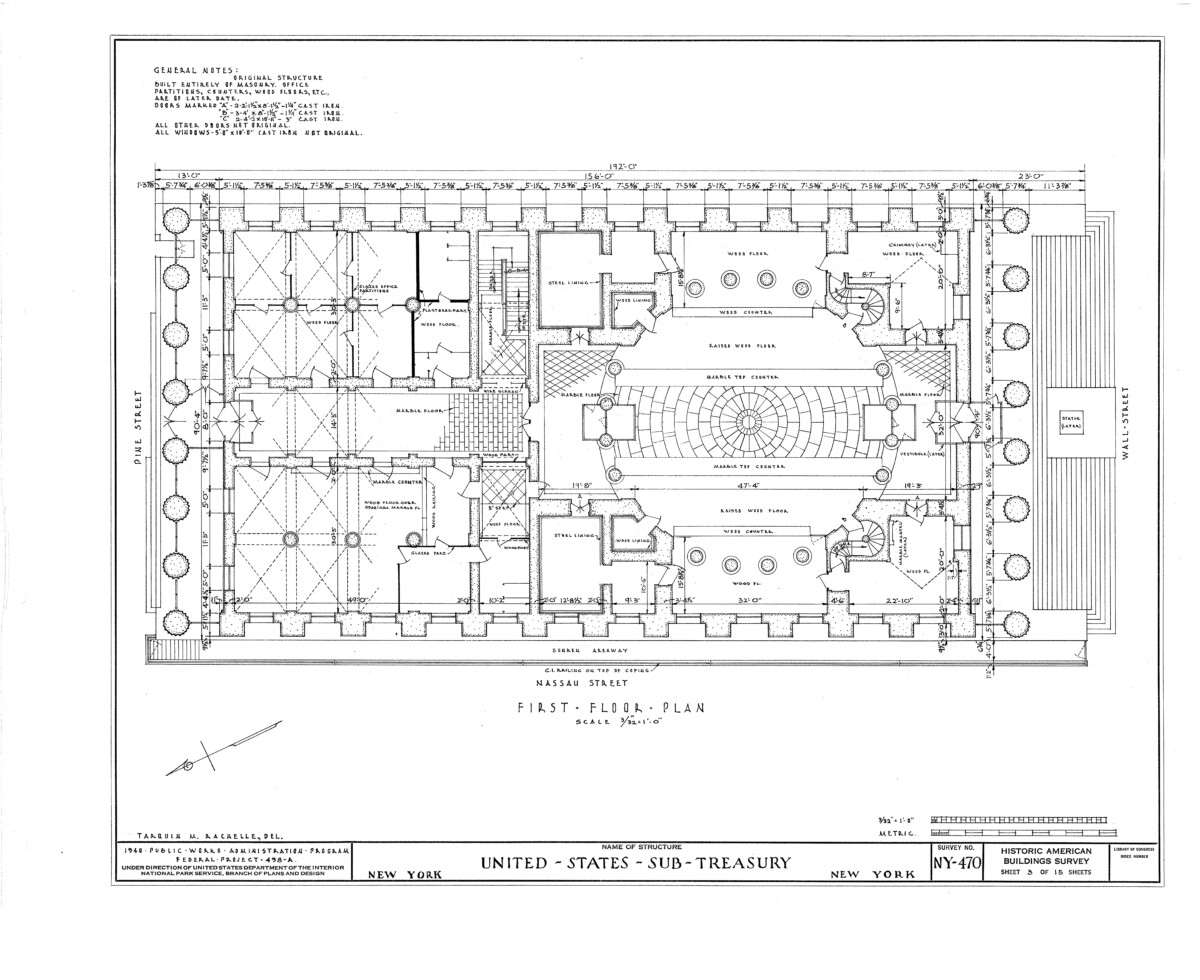
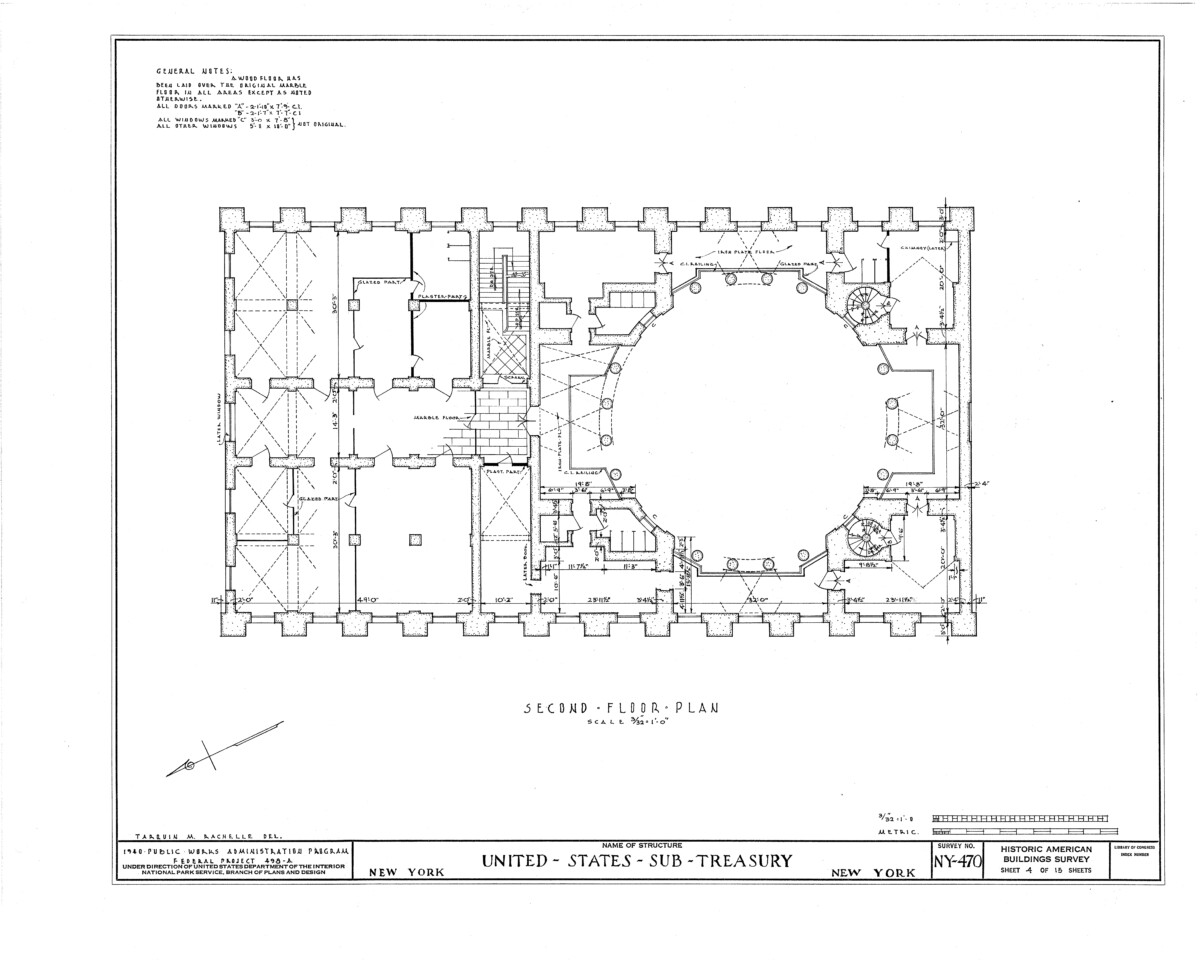
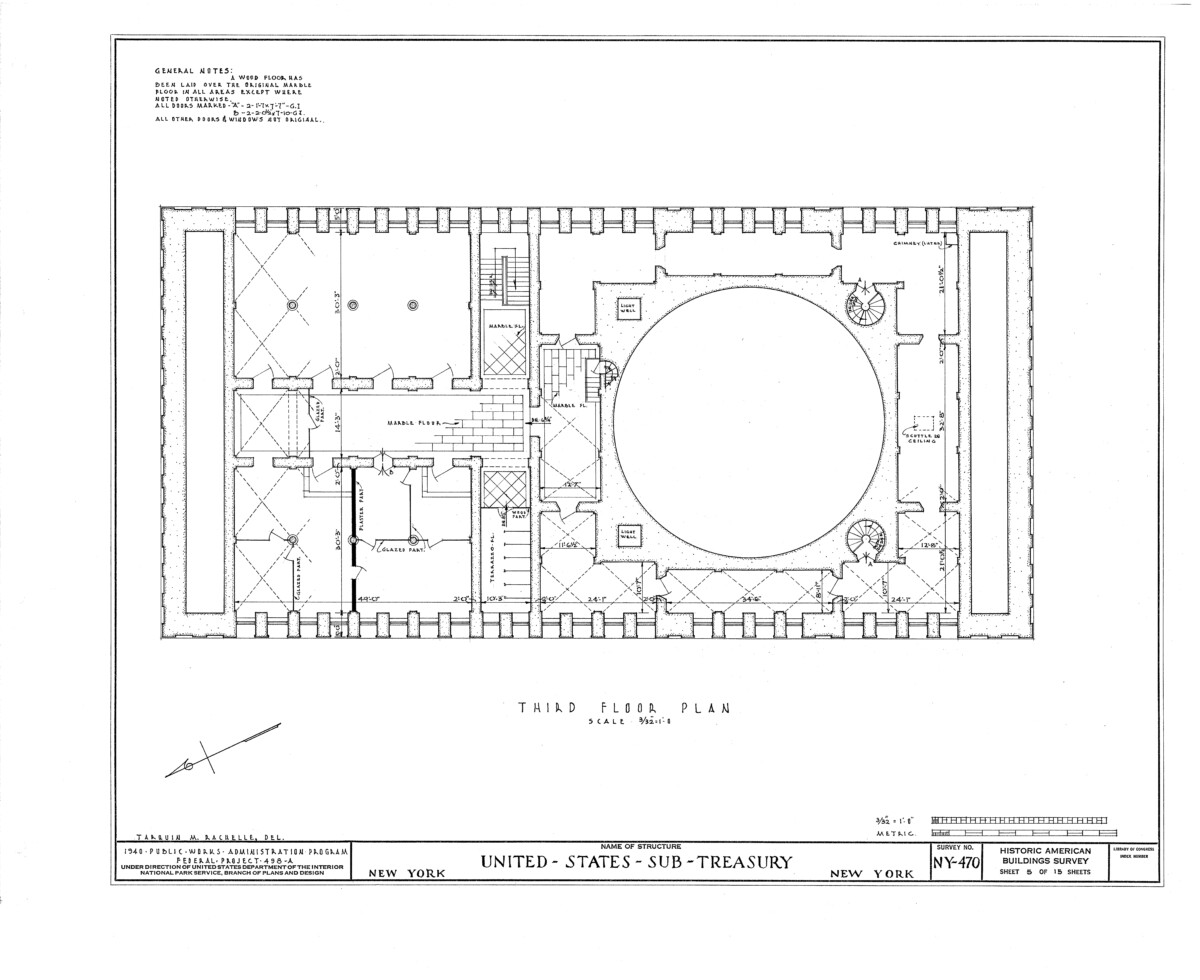

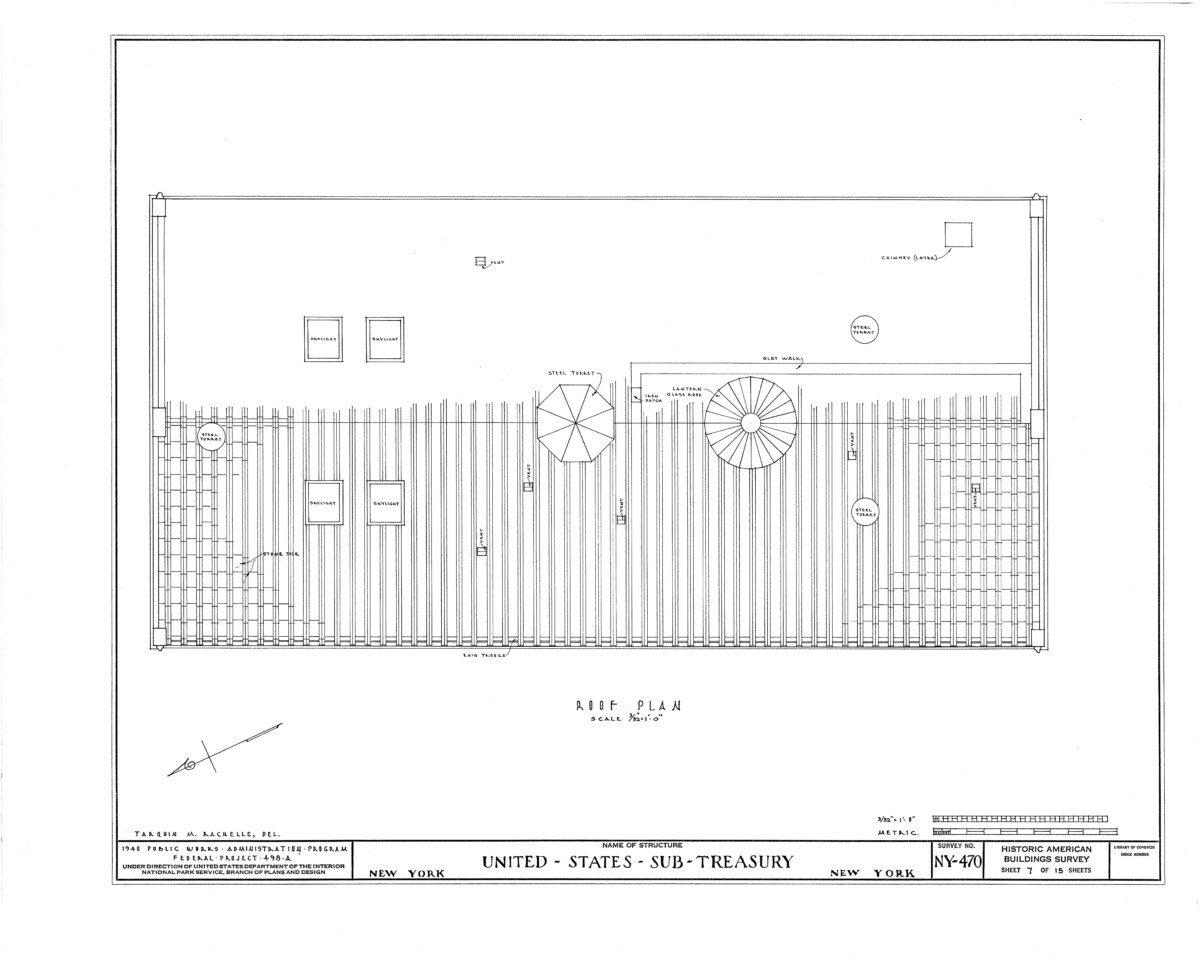

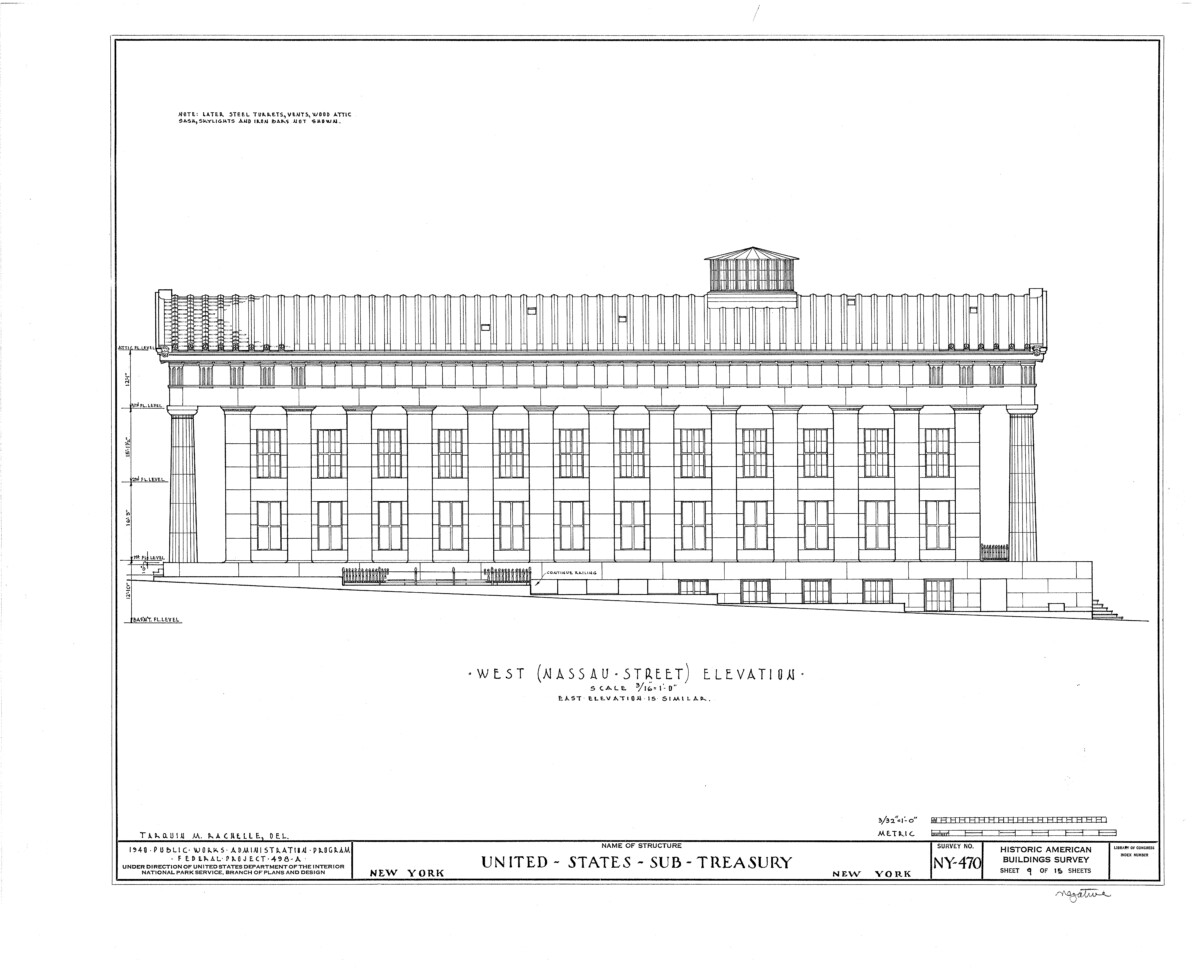
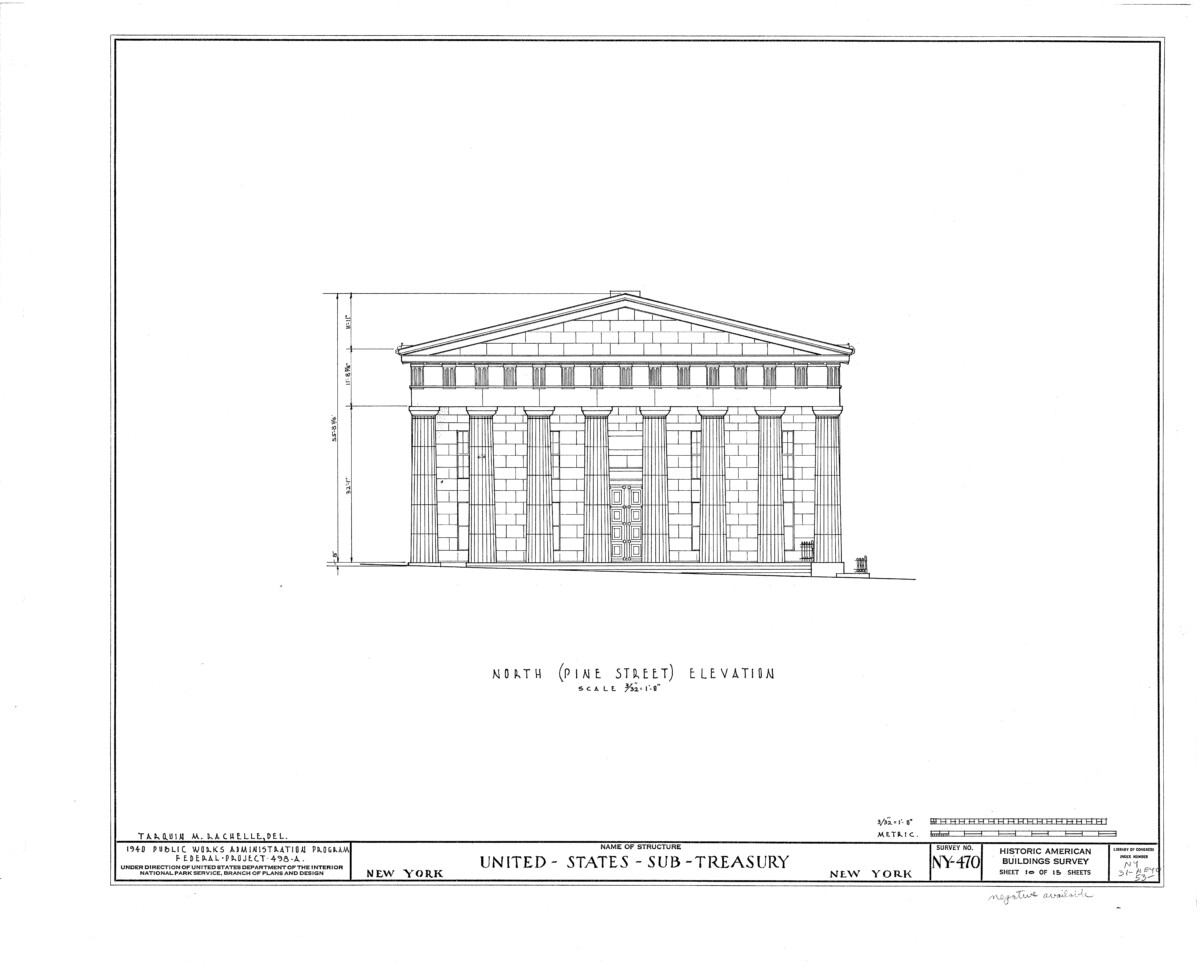
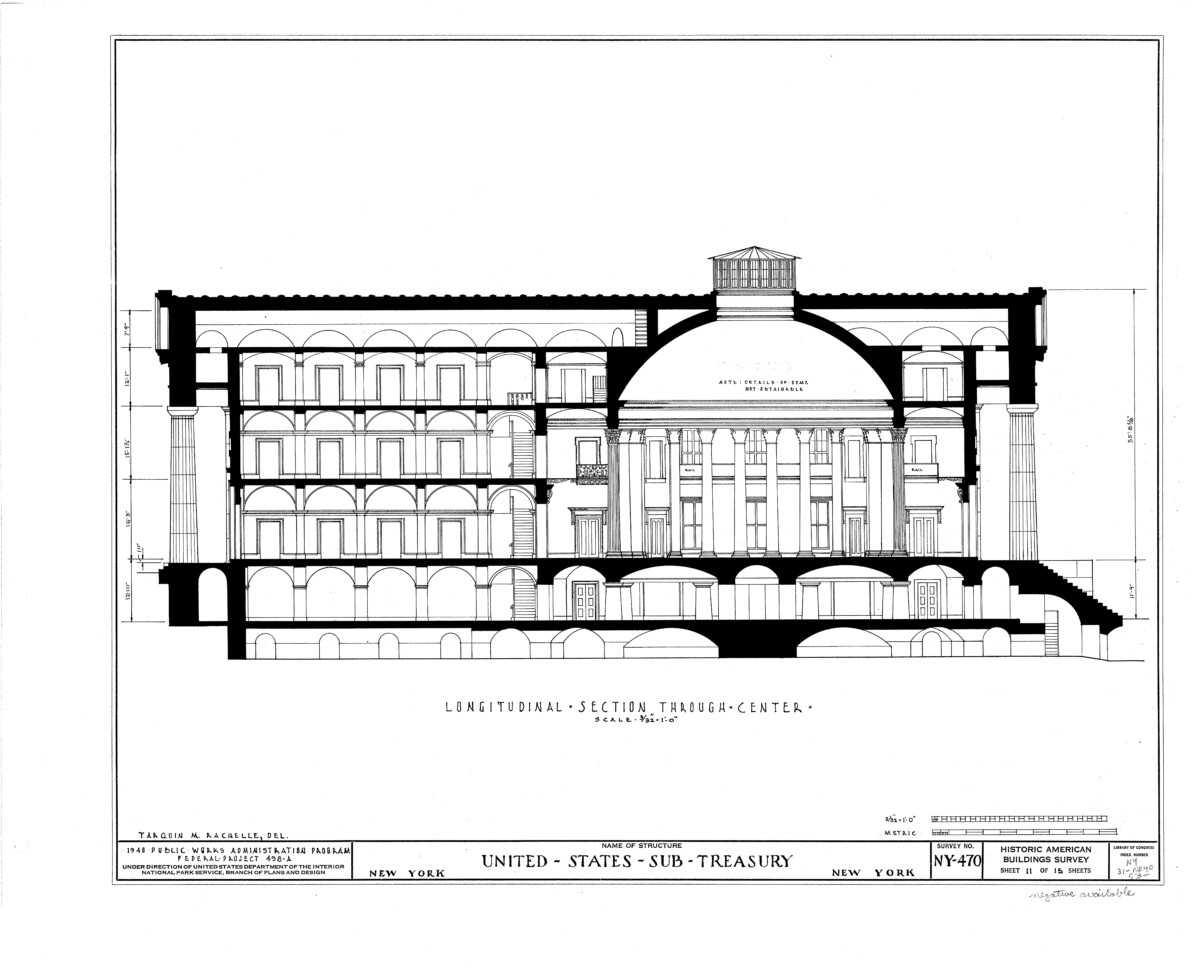
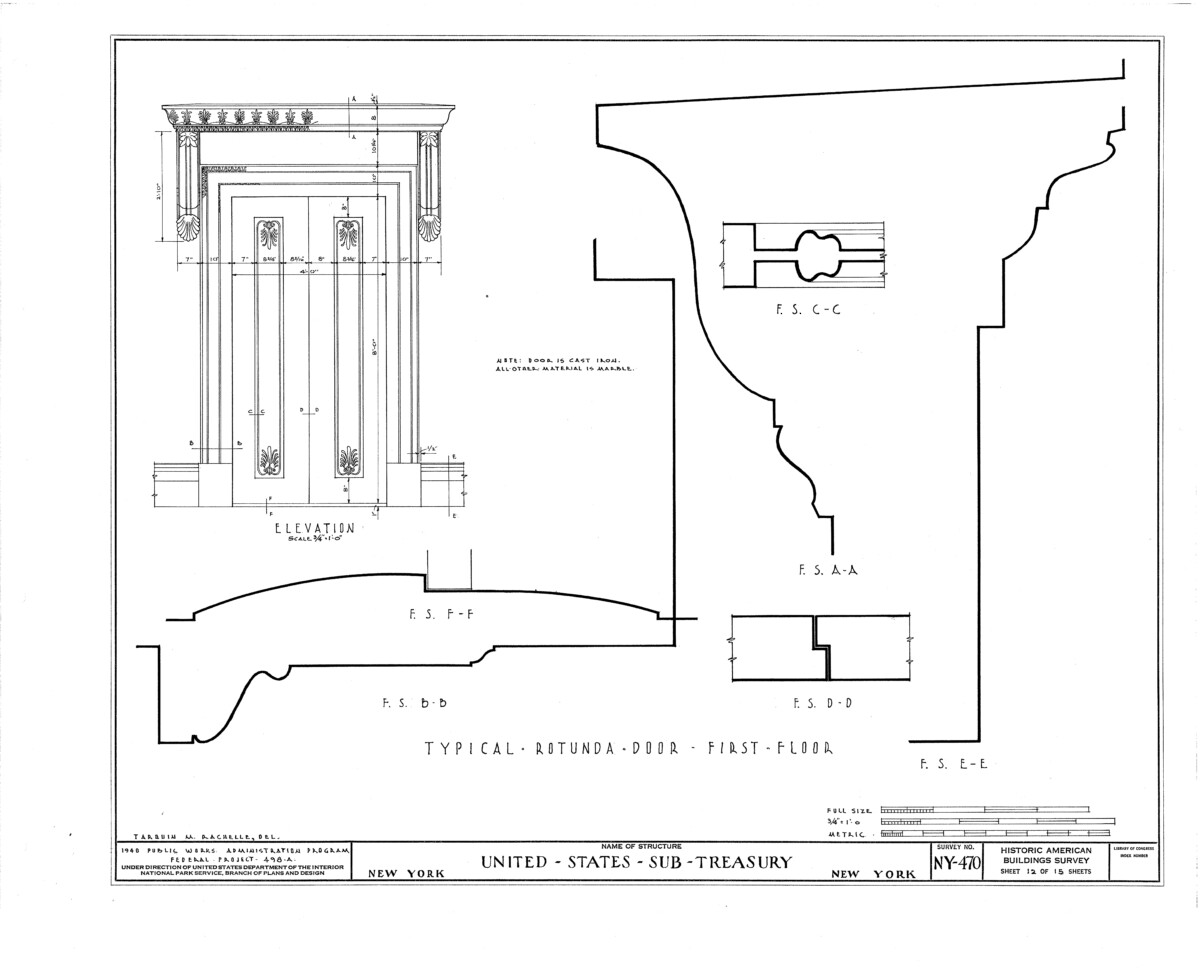
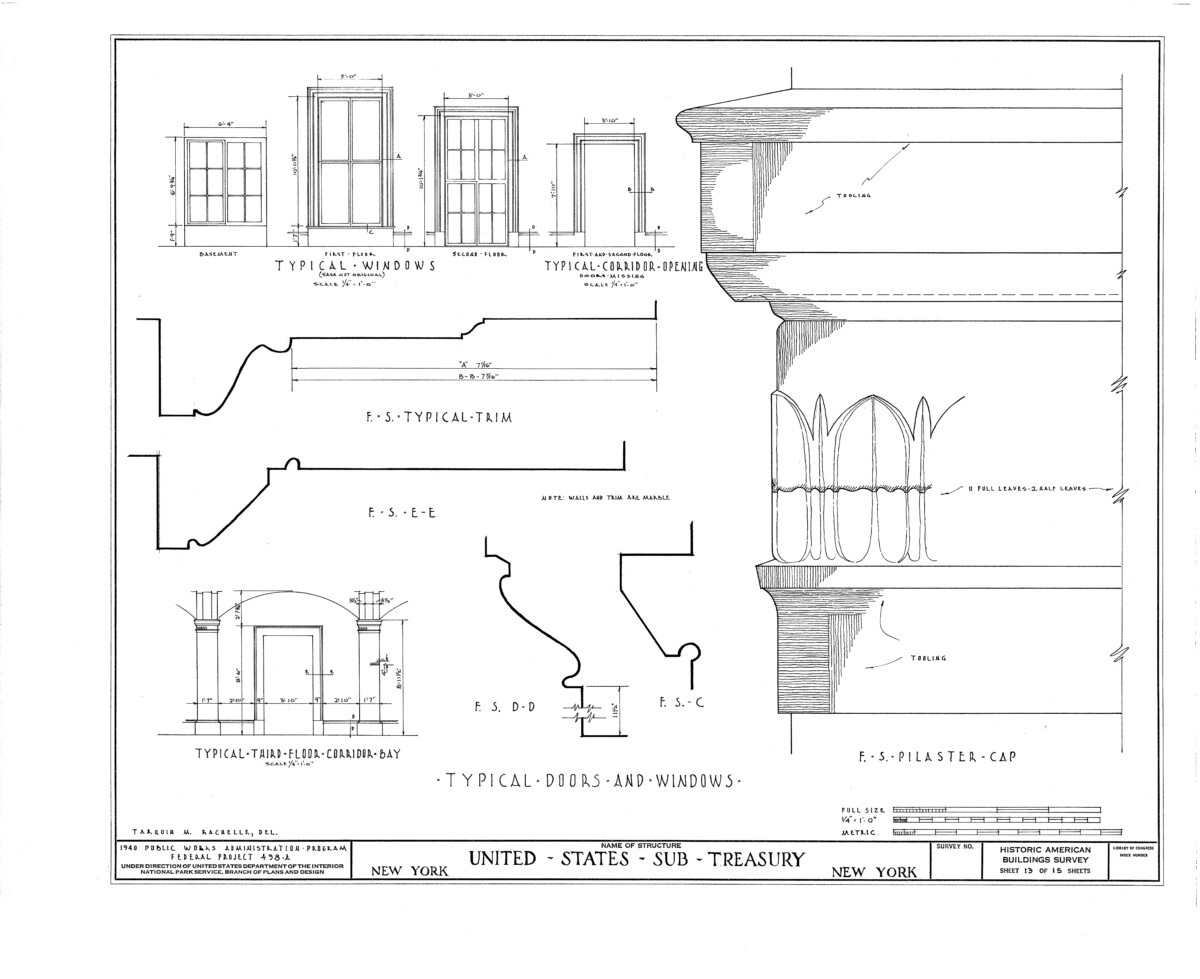

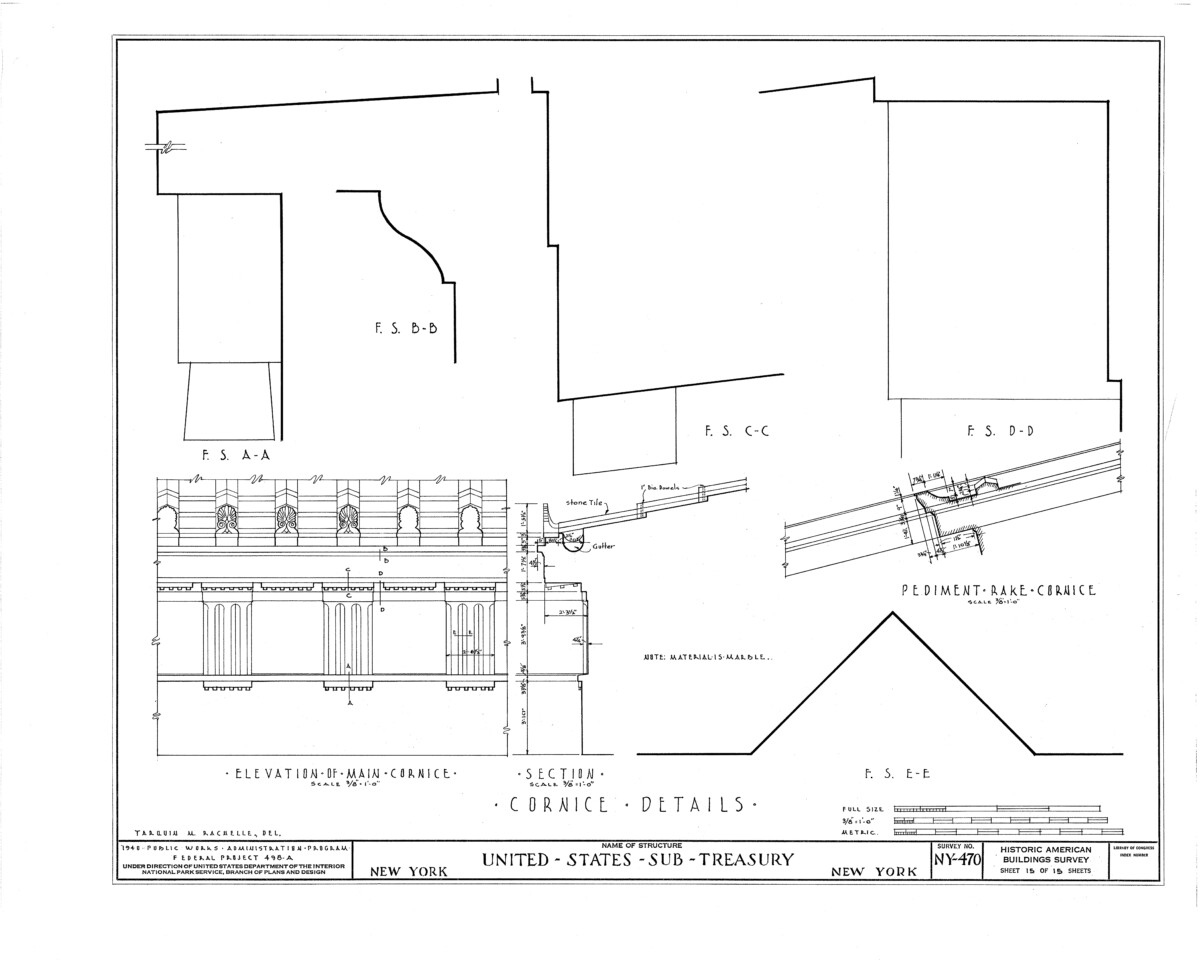



Leave a Reply